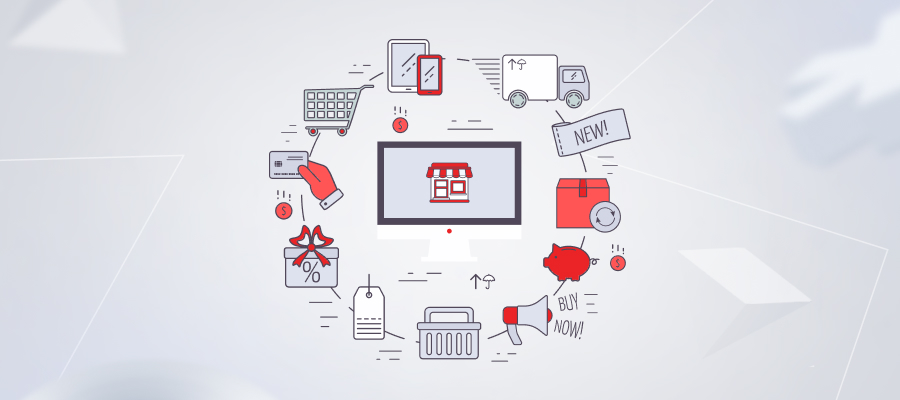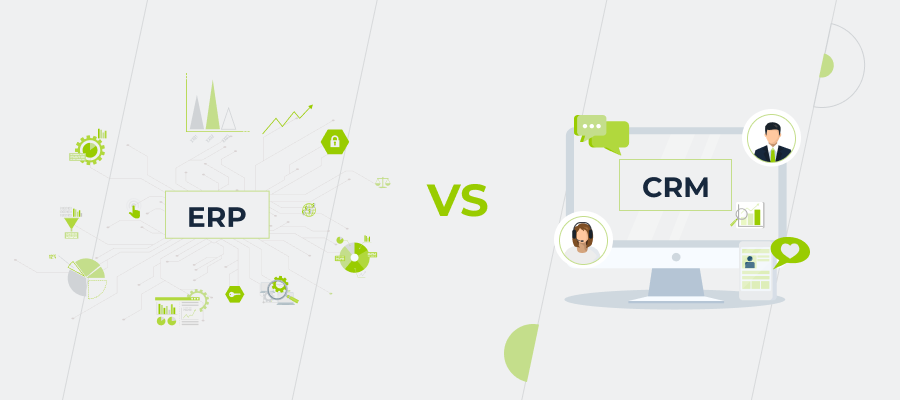Updated: January 20, 2025
Contents
The question of how to create a crypto payment gateway has gained popularity across a wide array of industries for a reason. This is not surprising since the number of blockchain transactions has been growing steadily over the past ten years. For example, from 2012 to 2024, the number of operations with Bitcoin increased 8.5 times.
Using crypto allows companies to enable real-time, accurate, and completely secure transactions. Doesn’t that sound like a compelling reason to consider cryptocurrencies for your transactional and operational purposes? Statista indicates that the degree of acceptance of payments in crypto varies from 24% to 39% across industries.
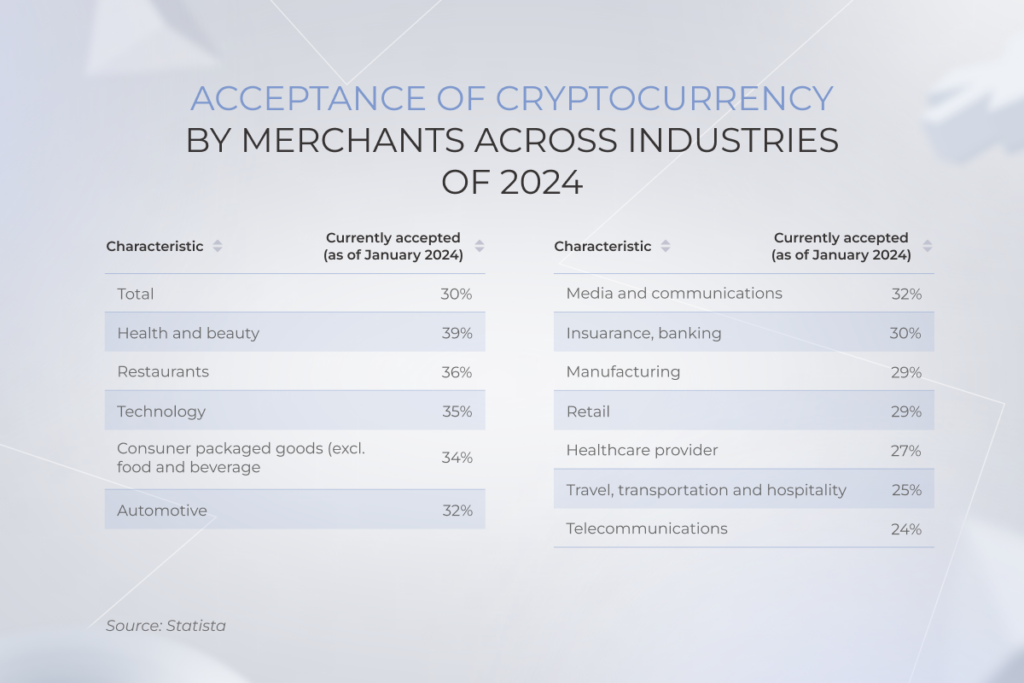
Already sparked your organization’s interest in crypto and want to benefit from a crypto payment gateway but don’t know where to start, what it takes to develop and implement a crypto payment processor, and how to choose a reliable partner? We are here to help you cut through the noise about crypto payment gateway development and get straight to work.
How does a crypto payment gateway work?
A crypto payment gateway is a payment processor, similar to its traditional alternative. The difference is that it accepts cryptocurrencies instead of conventional money and converts them into fiat, or vice versa. If you implement a crypto payment gateway, the exchange process goes like this:
1. Customers pay in crypto or in fiat for their purchases.
2. If your crypto payment gateway receives Bitcoins, Ethereum, or other cryptocurrencies, it immediately converts them into fiat according to the digital currency’s market value at that moment. If the gateway receives fiat money, then, similarly, they are converted into cryptocurrency at the current rate.
3. That amount of fiat money is sent to your account. Speaking of crypto, it goes into your crypto wallet.
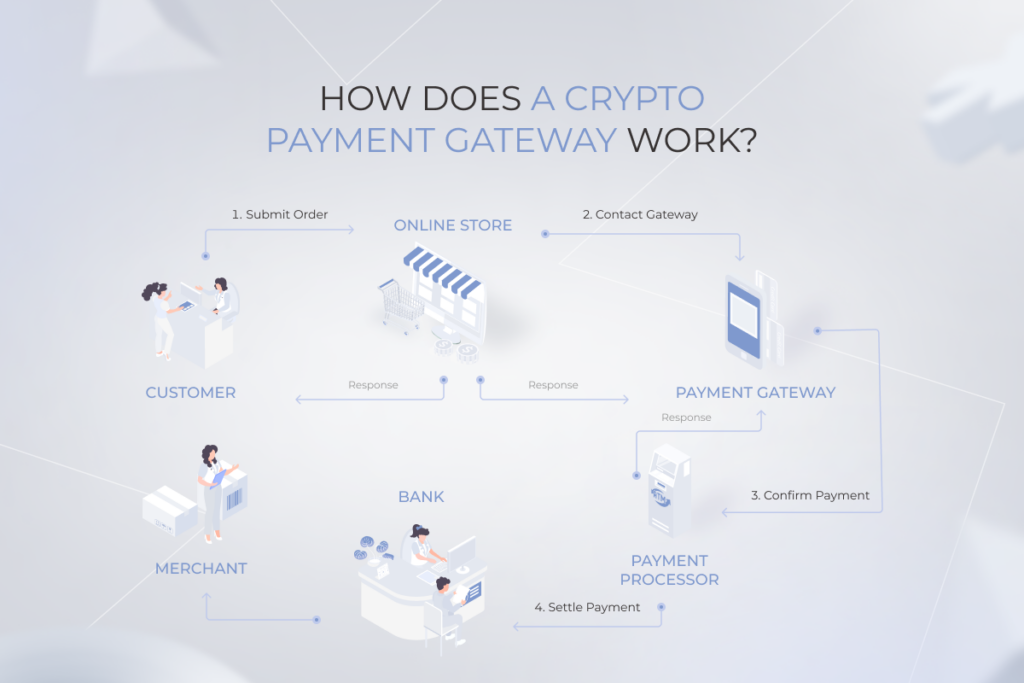
It’s vital to know how to create a crypto payment gateway step by step to ensure your solution works securely, without a glitch, and provides the necessary features. To succeed, you should meet the market demand, have a clear vision of your product, and choose the right technologies to develop an appropriate solution. Take a closer look at the process so you won’t miss anything when the time comes.
Strategize how your cryptocurrency payment gateway will fit into the market
Investigating the needs of the market you’re interested in is key to determining whether your solution will be in demand. For example, Morocco is one of the countries most reliant on cash – 74% of the population is unbanked. But at the same time, 84% of people have internet access. So, if you want to reach possible customers from Morocco, it’s easier to do it with crypto. The fact this country is now known as the second leading crypto-trading nation in the MENA region only proves the point.
Delve into the specifics of the regulatory requirements
Figuring out the regulators’ requirements is one of the most challenging tasks when creating a crypto payment gateway. First of all, you should check the legislations of the countries you are interested in and learn how they regulate operations with cryptocurrency.
Let’s take, for example, that you are located in Europe and want to use crypto to expand your business capabilities in the Asian market. If you have experience with a crypto payment gateway in France, where it’s enough to be an officially registered company and fulfill local AML obligations, it doesn’t mean that the same rules are applicable to another jurisdiction.
The attitude to cryptocurrencies might vary even within a region (as it is in Asia), not to mention different continents. For instance, Japan recognizes Bitcoin and other digital currencies as legal property, and has the most progressive regulatory climate for cryptocurrencies. At the same time, China and Vietnam have prohibited crypto transactions.
Don’t struggle while deciphering regulators’ requirements
Find banks to cooperate with
Picking out a bank to partner with is usually the biggest stumbling block on your way to crypto payment gateway development. When a bank starts working with cryptocurrency, it gets a high-risk score from payment systems (Visa, Mastercard, etc.) it depends on. So consider the possibility that you may need a couple of FTEs to search for banks open to cooperation. Another option though is to take advantage of a partnership with a consulting company that has experience in building crypto gateways and can help you negotiate with the bank’s decision-makers.
Identify what will make you stand out from the crowd
The odds are that your idea of “the best crypto payment gateway” has already been embodied by another company, and you’re reinventing the wheel. To come up with an eligible solution, you should distinguish your business from the competitors either by the unique functionality of your gateway or by certain privileges, such as support from the authorities or access to a loyal bank that other organizations don’t have. Take a look at your competitors, and analyze their pros and cons to highlight how your solution may differ from theirs.
Take into account the costs of maintaining a crypto payment gateway solution
A crypto gateway is a solution tightly linked to a multitude of services that keep it alive — we’ll describe this in more detail a little later — and that’s why you also have to maintain all of these integrations.
Technical intricacy is far from the only thing you’ll have to spend money on. Speaking of building a white label crypto payment gateway, your regulator may have specific requirements for your AML (Anti-Money Laundering) and KYC (Know Your Customer) department. The regulator can determine the composition of the team and the required level of expertise for its members, which might cost you a pretty penny.
— Dmitry Gursky, Head of Crypto Service Line, *instinctools
Does thinking about how to build a crypto payment gateway cause chills down your spine?
Crystallizing the product vision
Once you’ve solidified your decision to create a crypto payment gateway, it’s time to move on to detailing the vision of your product. Do you want to follow a “hands-off” approach to your fiat-to-crypto payment gateway where you don’t keep your customers’ money in your accounts? Or would you like to be more “hands-on” and deal with custodial storage? The last one is way more complicated and expensive as a “hands-on” approach drastically increases the infrastructure costs and expenses for security specialists. So it’s vital to choose what level of responsibility you’re ready to take and how much you’re ready to spend on a crypto payment gateway solution from the outset.
Come up with unique features for your crypto gateway
Who is your target audience? What do your customers expect from you? Will you set limits on the sums your customers can operate with? These, and many other questions, demand answers before your project kicks off.
The choice of features for a top crypto payment gateway depends equally on your customers’ needs regarding the convenience of the service, and your administrative needs when it comes to the internal processes of exchange management such as rates, liquidity, control, reporting, and others, including:
- The number of cryptocurrencies.
Hypothetically, it’s possible to support any number of cryptocurrencies, but how feasible is it on the technical side? As blockchain is the technology behind crypto, the more cryptocurrencies there are within your exchange, the more blockchains you’ll have to process. It might be more appropriate to choose a few of the most popular cryptocurrencies among your targeted audience, such as Bitcoin, Ethereum, Litecoin, etc., and invest your budget into developing more specific features. - Available payment methods.
Cards, electronic money transfers, etc. — you should find out what options your customers truly need so that you won’t overload your crypto solution with unnecessary features that will only delay your time-to-market. - Peculiarities of exchange rates.
You can set the same fee for using your cryptocurrency gateway or create a gradation depending on the increase of the amount of exchange. For example, for the transaction which is under $10,000, it might be 0.6%, over $50,000 – 0.25%, over $100,000 – 0.15%, and so on. Moreover, you can offer personal discounts for transactions of large sums to stimulate customers to opt for your service. Such gradation can be automated so that you don’t waste your employees’ time on tedious, repetitive tasks. - Payments automation.
Because of the cryptocurrency volatility, it’s crucial to convert crypto to fiat and vice versa instantly before the rate changes. You can set up automatic payment cancellation if customers don’t manage to make it in the allotted time. Or you can provide them with a checkout and recalculate the money at the new rate, so you don’t have to transfer them back and forth
Features required on the administrative side can be compared to the underwater part of an iceberg. While the cryptocurrency exchange operation is duck soup for the customer, it’s far from being that easy under the hood due to the complexity of banking internal processes.
— Dmitry Gursky, Head of Crypto Service Line, *instinctools
In my experience, business owners often have to deal with reality at this stage and accept that it’s more profitable to give up unnecessary and overly sophisticated ideas, such as supporting 100+ cryptocurrencies, so that the development of the gateway won’t be delayed.
What features would you like your white label crypto payment gateway to have?
Think of integrations with vendors and banks
A crypto payment gateway is a system that cannot live on its own. It requires a plethora of integrations with other systems, tools, etc., through the crypto payment gateway API to keep the platform running. For instance, if your website is built on WordPress and you want to implement a crypto solution in it, you should have a crypto payment gateway for WordPress API. All the required integrations should be well-thought-out so that the whole crypto payment gateway system works harmoniously and securely.
Here are custom integrations we’ve created for one of the first white label crypto exchanges in Eastern Europe
Balance product features with expected time-to-market
The critical point in any business idea is its timely implementation. You can come up with a crypto exchange unicorn, but does the development of such a solution fit into your go-to-market timeline? Your current plans on crypto payment gateway development will unlikely be relevant in ten years when you’ve finally got to its release. Therefore, balancing the gateway’s functionality and time-to-market is crucial to effectively compete with other crypto solutions providers.
Developing a technical solution
You can enter the technical development stage only after you’ve clearly understood which regulations work in your target markets, determined the product features you need, and got your bank partner’s approval. The tricky part is the vast number of integrations, especially those involving banks, AML, and KYC processes. While developing the solution, you should keep in mind your business strategy and clear product vision, which we have reviewed above, but, with the support of your technical partner, you’ll be able to bring your idea to life.
Now let’s see the magic happen…but not quite yet. Before you send your project to market, get ready to deal with add-ons required by the regulator. For instance, they can request to build some extra verification modules on top to strengthen the security of the solution’s infrastructure. Keep in mind this is part of the process and be prepared for some extra work at this stage.
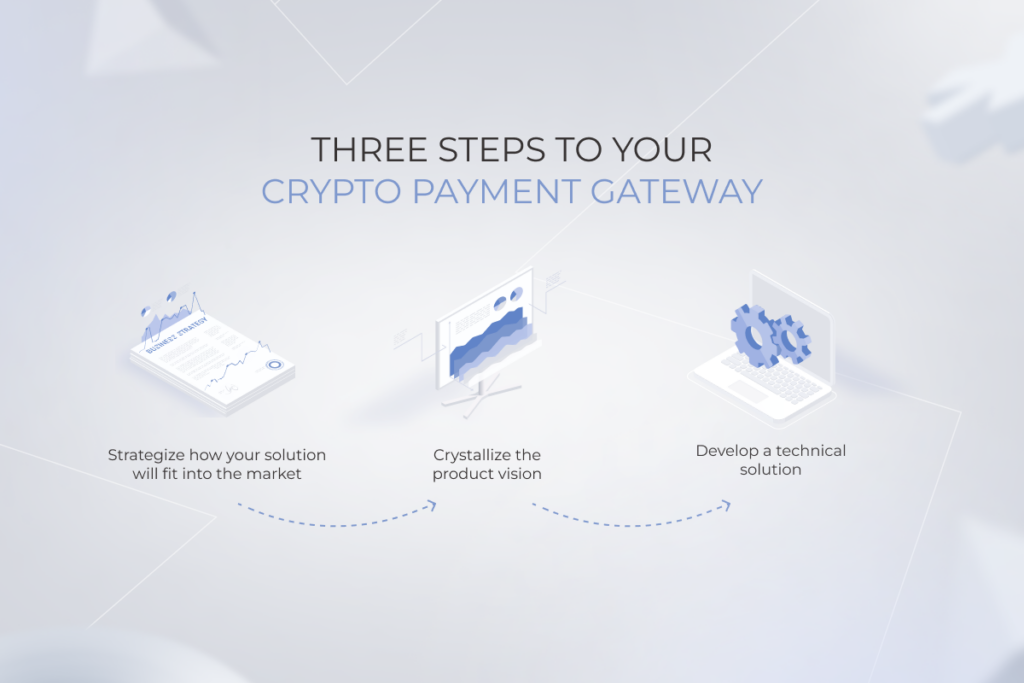
Go gradually when creating your crypto payment gateway
To build a reliable, efficient, and secure crypto payment gateway, you must tie together your business strategy, product vision, and technical solution while keeping regulations in mind.
Still, puzzling over developing an efficient and secure solution that would allow users to make cryptocurrency transactions legally and transparently and meet the requirements of the banks and payment systems? We are ready to share our expertise and help you build a cryptocurrency payment gateway. Get in touch






